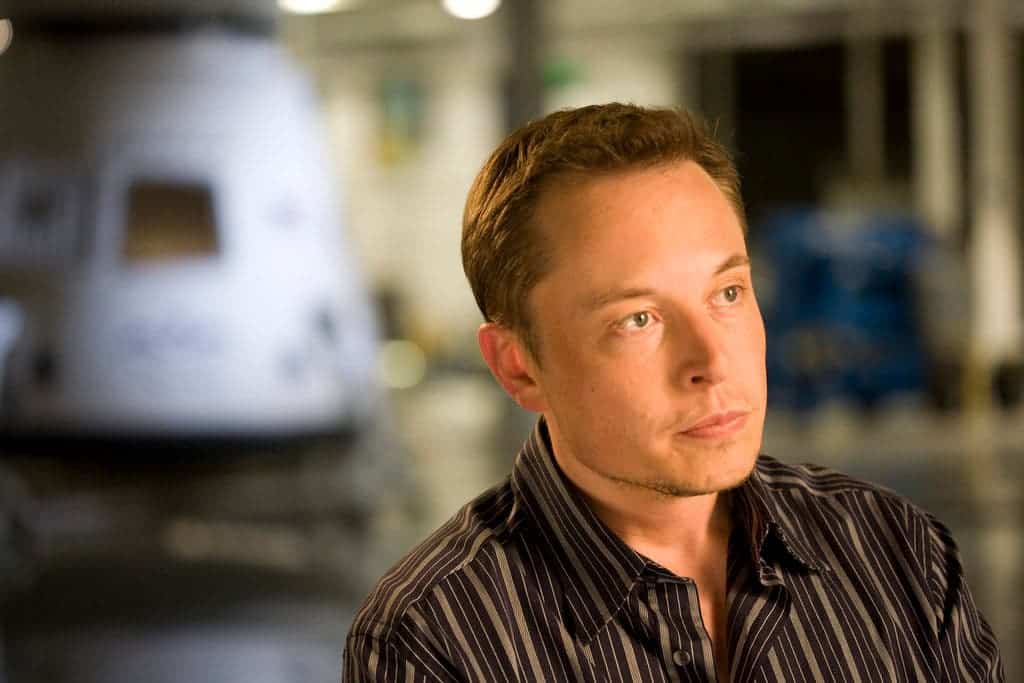Elon Musk, the mastermind behind Tesla Motors and SpaceX made headlines around the world when he unveiled plans for a groundbreaking interplanetary transport system (ITS). The ITS is said to carry up to 100 people for settling Mars and has several innovations, but is it really doable? Many people had many questions, so Musk sat down with Reddit and did an AMA – ask me anything. Here are some of the main highlights. Warning: things do get a bit technical.
Question: “What equipment and procedures will be required for refueling operations on Mars? Will they be designed to function autonomously for the initial unmanned test flight? Also, are there any plans to introduce a third variant of the ITS with just a large shuttle-like payload bay to allow for transporting bulkier cargo?”

Elon Musk: We are still far from figuring this out in detail, but the current plan is:
- Send Dragon scouting missions, initially just to make sure we know how to land without adding a crater and then to figure out the best way to get water for the CH4/O2 Sabatier Reaction.
- Heart of Gold spaceship flies to Mars loaded only with equipment to build the propellant plant.
- First crewed mission with equipment to build rudimentary base and complete the propellant plant.
- Try to double the number of flights with each Earth-Mars orbital rendezvous, which is every 26 months, until the city can grow by itself.
Q: “What SpaceX technology/material still requires the most development for ITS to be a success?”
EM: It used to be developing a new metal alloy that is extremely resistant to oxidation for the hot oxygen-rich turbopump, which is operating at insane pressure to feed a 300 bar main chamber. Anything that can burn, will burn. We seem to have that under control, as the Raptor turbopump didn’t show erosion in the test firings, but there is still room for optimization.
Biggest question right now is sealing the carbon fiber tanks against cryo propellant with hot autogenous pressurization. The oxygen tank also has an oxidation risk problem as it is pressurized with pure, hot oxygen. Will almost certainly need to apply an inert layer of some kind. Hopefully, something that can be sprayed. If need be, will use thin sheets of invar welded together on the inside.
Q: “I think one of the most shocking things in your ITS presentation for many people was the full size carbon fiber tank SpaceX built. Here it is for those who haven’t seen it. Can you tell us a little bit more about the design, construction, and role of that particular test article?”
EM: Yeah, for those that know their stuff, that was really the big news :)
The flight tank will actually be slightly longer than the development tank shown, but the same diameter.
That was built with latest and greatest carbon fiber prepreg. In theory, it should hold cryogenic propellant without leaking and without a sealing linker. Early tests are promising.
Will take it up to 2/3 of burst pressure on an ocean barge in the coming weeks.
Q: “Overall is the landing architecture of ITS booster and distances needed to be covered to be same as Falcon 9’s? Boostback, re-entry burn, landing burn?
Could you give us nuggets on what changes the ”final” Falcon 9 version (”v1.3”) you mentioned will have? Uprated engines obviously from 170k to 190k lbf, but what else? Is it mostly geared towards reusabilty over performance?
Gwynne mentioned 2 weeks ago that F9 v1.2 will be reused only once or twice while ”v1.3” should be reused up to 10 times. Can you talk about what are the limiting factors for Falcon 9 reuse?”
EM: The big booster will have an easier time of things than Falcon, as the mass ratio of the stages is lower and it will have lower density. Net result is that it won’t come in quite as hot and fast as Falcon, so Falcon should be a bounding case on the big booster.
Final Falcon 9 has a lot of minor refinements that collectively are important, but uprated thrust and improved legs are the most significant.
Actually, I think the F9 boosters could be used almost indefinitely, so long as there is scheduled maintenance and careful inspections. Falcon 9 Block 5 — the final version in the series — is the one that has the most performance and is designed for easy reuse, so it just makes sense to focus on that long term and retire the earlier versions. Block 5 starts production in about 3 months and initial flight is in 6 to 8 months, so there isn’t much point in ground testing Block 3 or 4 much beyond a few reflights.
Many questions still remain, but I think the readers at Reddit did a pretty good job in highlighting and asking very to-the-point questions. This technology and approach could turn out to be massively important, possibly even paving the way for us to become an interplanetary civilization. These truly are exciting times.






